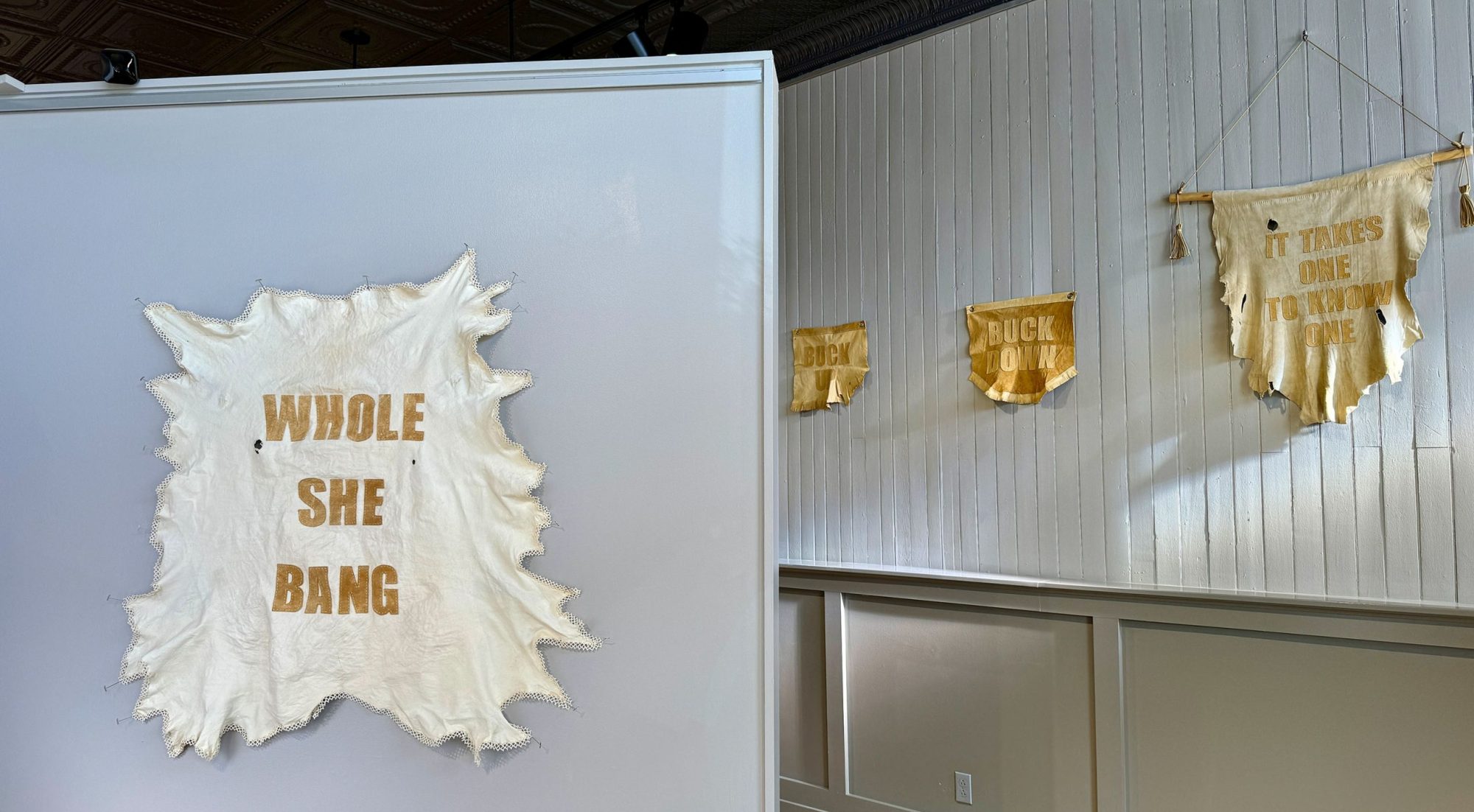Genome music is a body of work that explores the map of the human genome as a musical score. Below are three examples of this body of work.
Map Set 8 is a stereo sound piece that is based on the map of the human genome which was first published in the journal Science in February, 2001.
Frequencies of the four bases of DNA (GATC) are reproduced by a human voice. A stereo delay mimics the feeling of heterodyning as it was experienced during the process of reproducing the frequencies using headphones to monitor the accuracy of the pitch being sung. The score consists of the first 14 megabases of chromosome #1, the very beginning of the map.
Opus Musivum is a four channel sound installation. By decoding the human
genome, a new code is created which incites interpretation, reinterpretation, and innovation. In this instance, I made a musical score from the first publication of the map of the human genome. The frequencies present in DNA, sung by a human voice, combine with biofeedback and take form.
Opus Musivum – stereo version
Craic is a four channel surround sound piece that is based on the map of the human genome which was first published in the journal Science in 2001. The score consists of the first 14 megabases of chromosome #1, the very beginning of the map. The sounds are produced with biofeedback: EEG and EMG (brainwaves and muscle movement) Individual creatures inhabit the installation. Moving organically through space, they allow the visual information of the map to be experienced both temporally and viscerally.
Craic – stereo version

